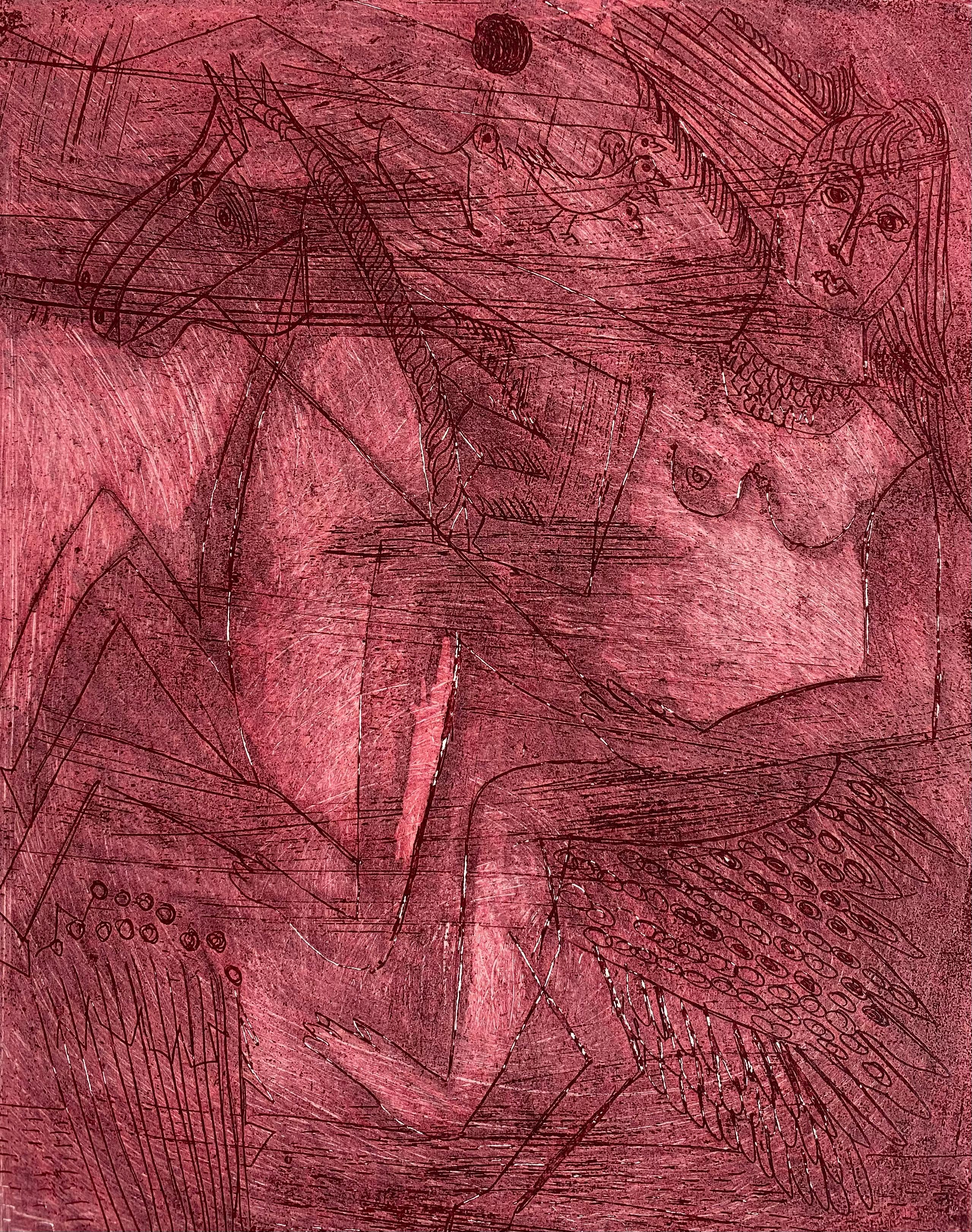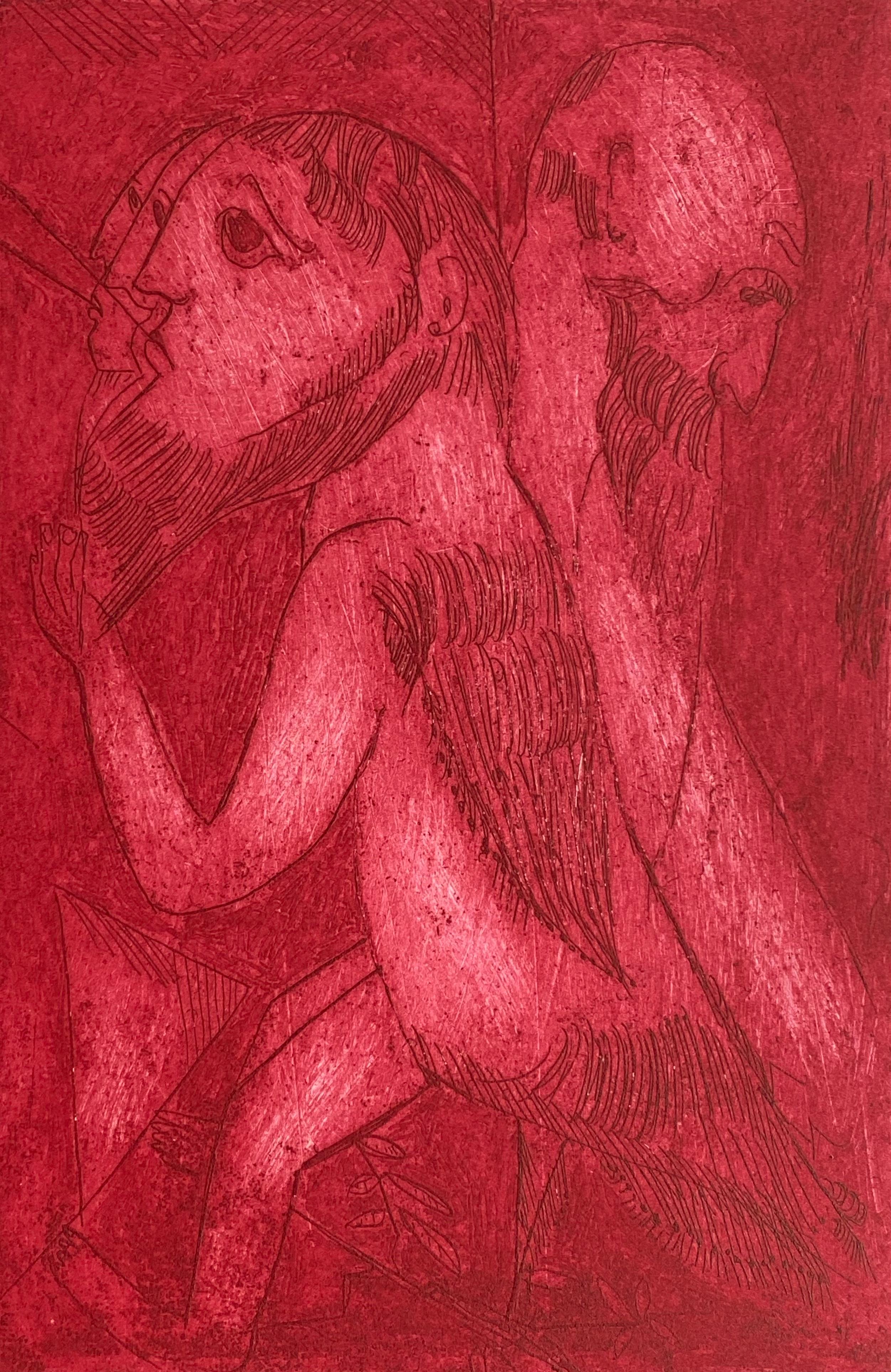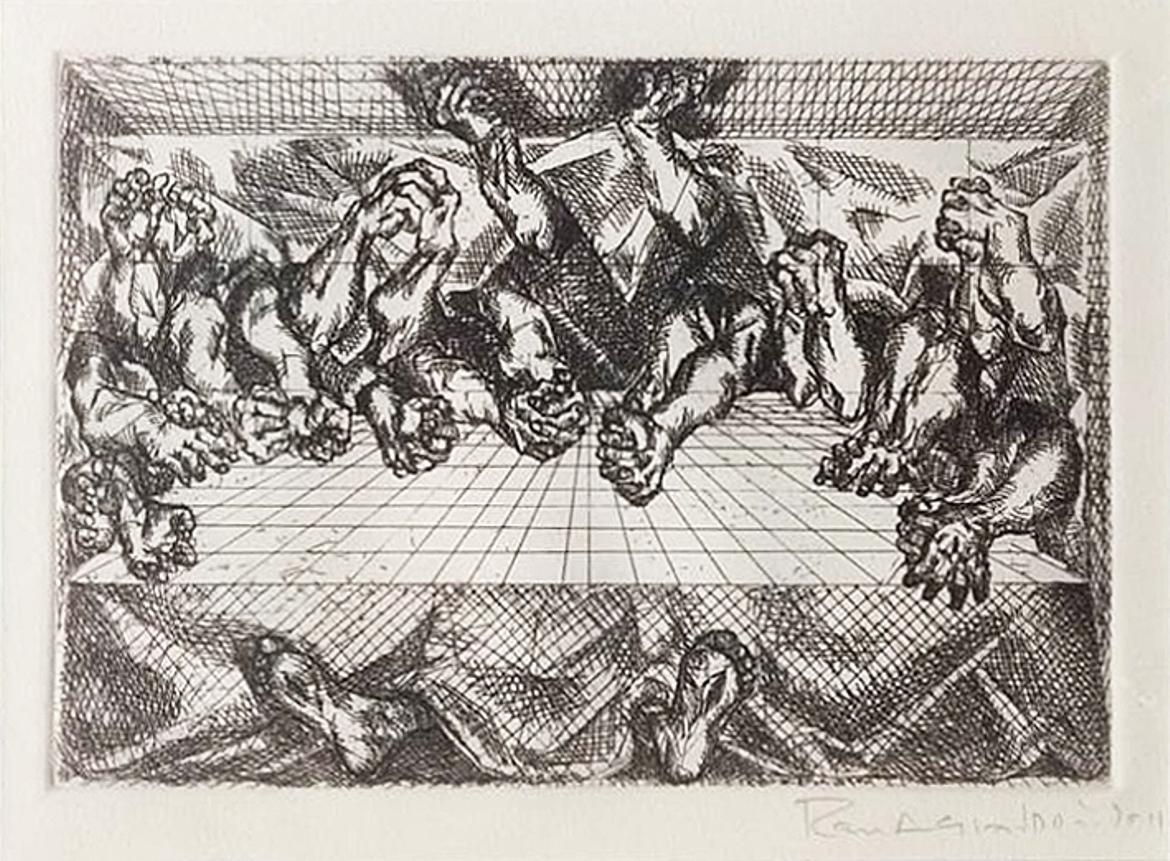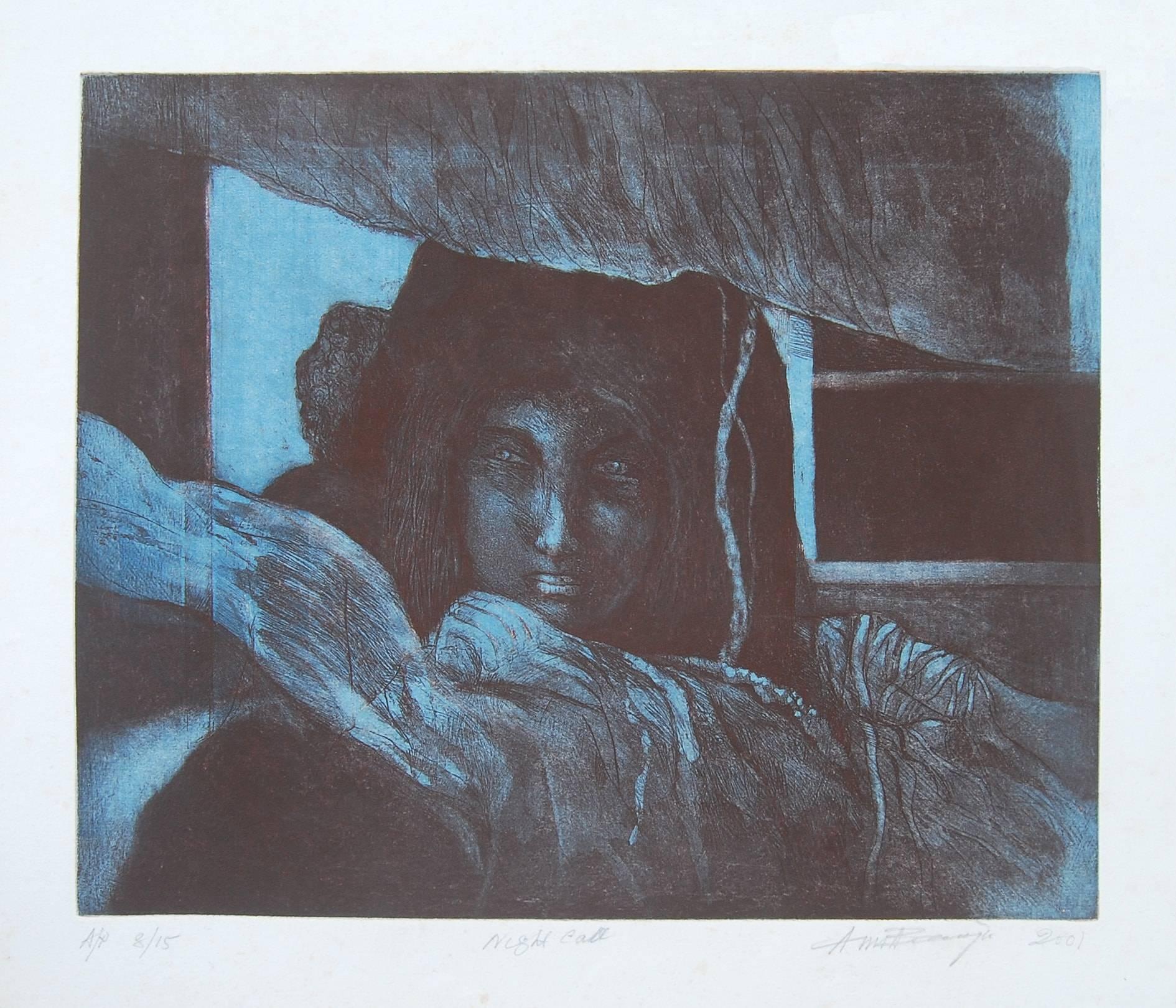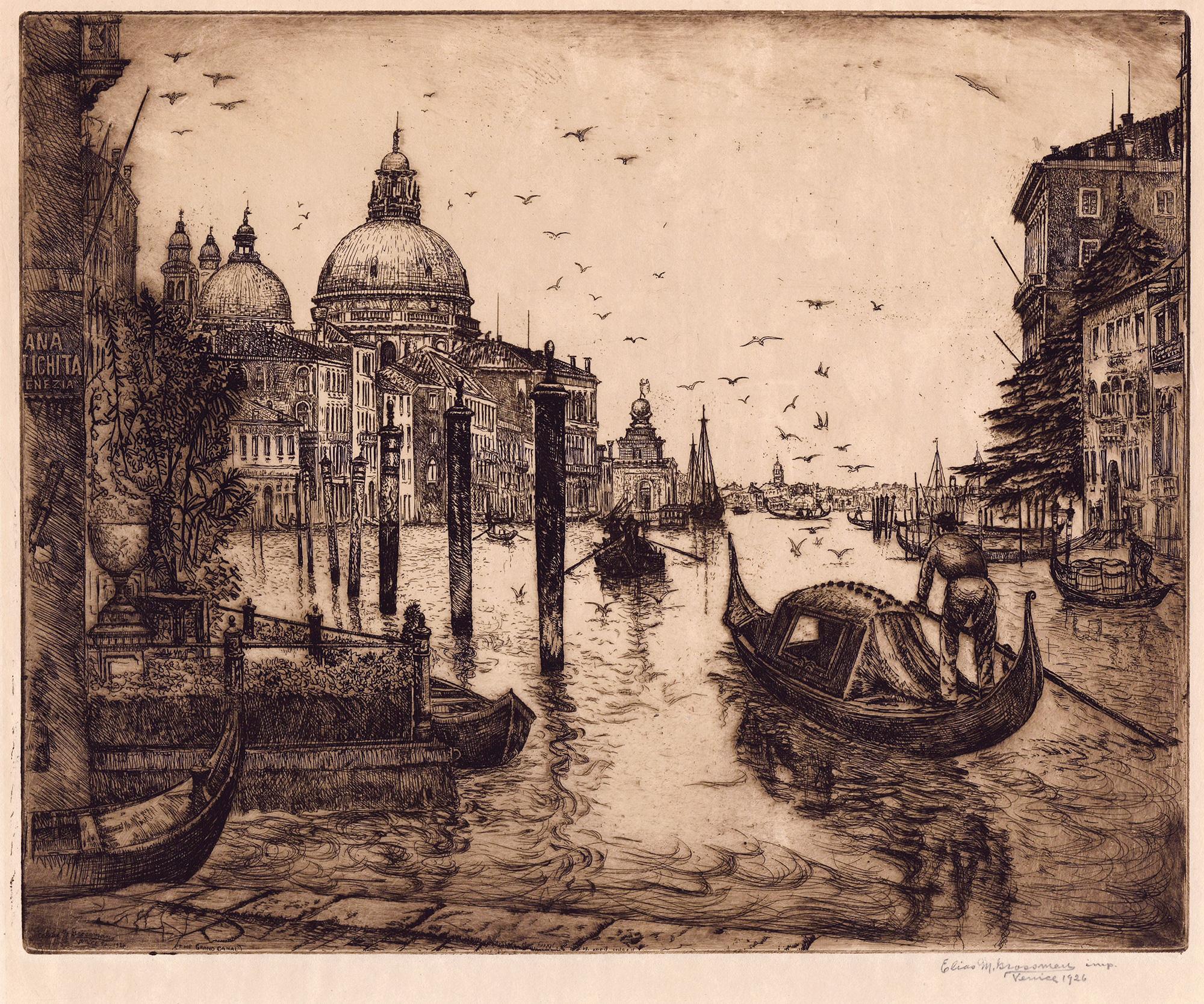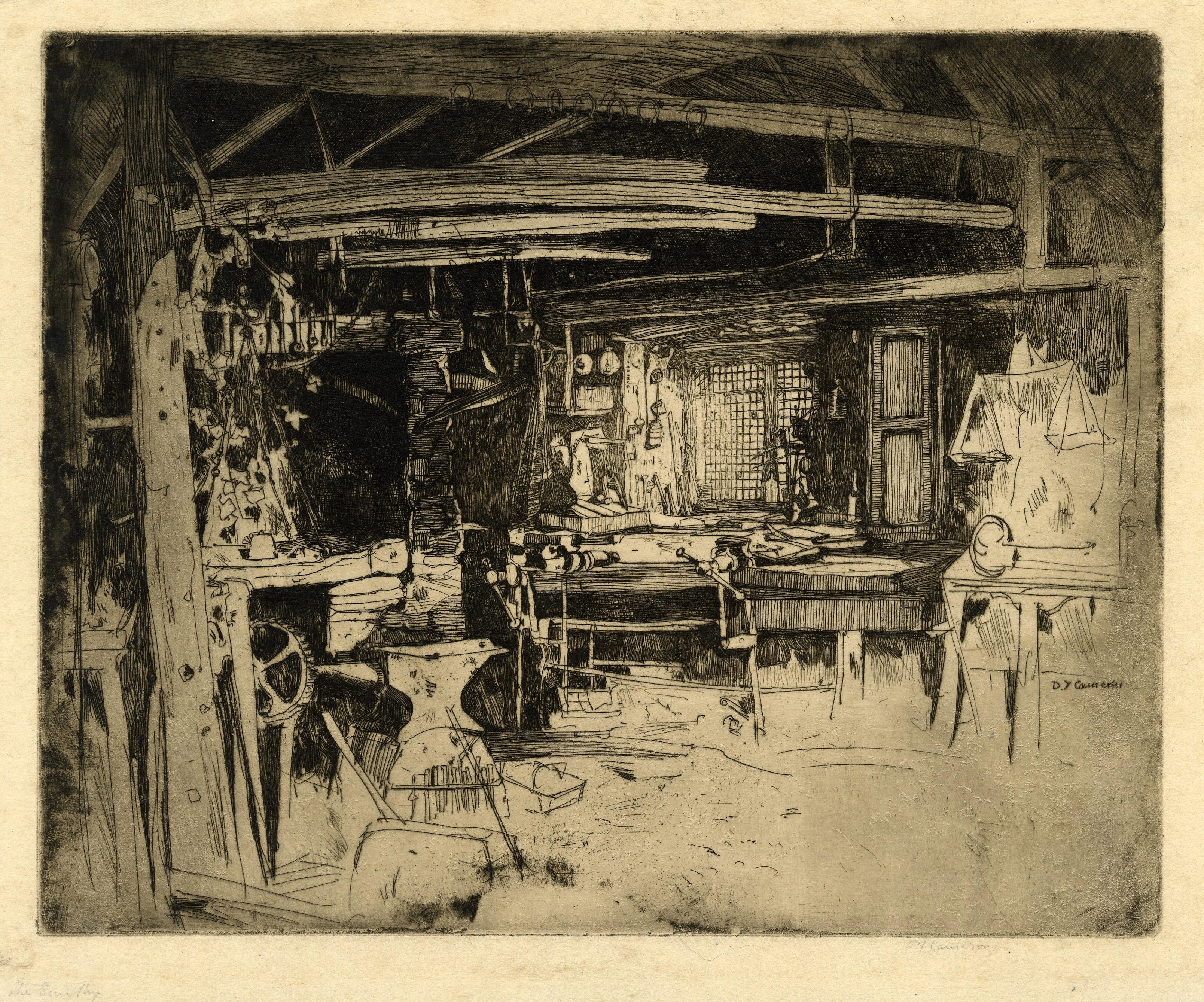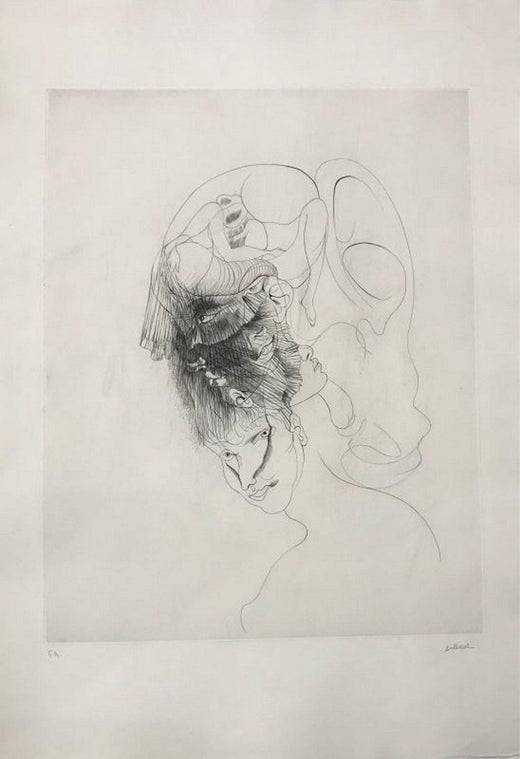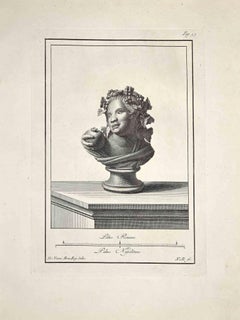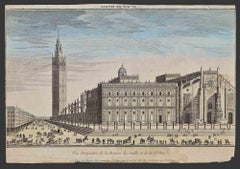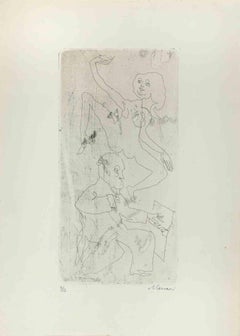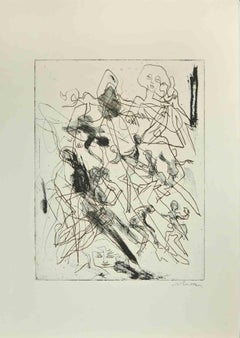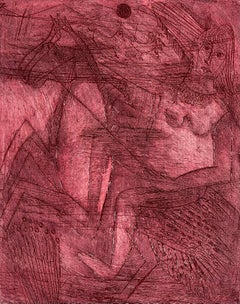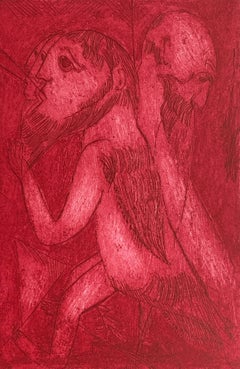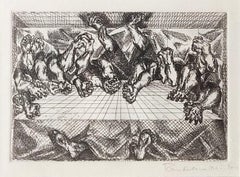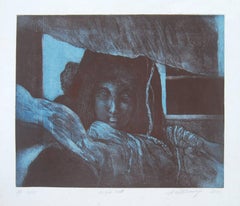Hans BellmerLes Infortunes de la Vertu - Etching by Hans Bellmer - 19681968
1968
About the Item
- Creator:Hans Bellmer (1912 - 1975, German)
- Creation Year:1968
- Dimensions:Height: 19.3 in (49 cm)Width: 13.39 in (34 cm)Depth: 0.08 in (2 mm)
- Medium:
- Movement & Style:
- Period:
- Framing:Framing Options Available
- Condition:Insurance may be requested by customers as additional service, contact us for more information.
- Gallery Location:Roma, IT
- Reference Number:Seller: J-772411stDibs: LU650313376662
Hans Bellmer
Surrealist German artist Hans Bellmer produced images of contorted, disfigured or bound forms of usually pubescent women in drawings, paintings, photographs and sculptures. He is best known for creating life-sized dolls and disassembled mannequins and used his art to explore themes of sexuality, lust and death as well as to express his viewpoints on politics and society, work through his own traumas and comment on Freudian psychoanalytic principles.
Bellmer was born in Katowice, Germany. He and his brother lived in constant fear of their stern father who showed the boys little affection. Childish play was forbidden by his cold father. Even though he passed university entrance exams, his father insisted that he work in factories and coal mines instead of furthering his education. His father did eventually agree to allow Bellmer to enter the engineering program at the Berlin Polytechnic but his true passion was art.
In 1924, Bellmer quit school and became an illustrator and advertising designer for a left-wing publishing house. Upon discovering Dadaism, he associated with artists such as John Heartfield and George Grosz and attended lectures at the Bauhaus art school. As fascist politics took hold around him — Bellmer was living in Berlin when Hitler came to power, and his own father became a Nazi — he was compelled to create art that reflected his anger and inner turmoil.
Capitalizing on the manifesto of Surrealist André Breton that called for words to be cut up and rearranged, he created a series of mannequins, dressed as children’s dolls, that explored his own erotic obsessions and abusive relationships around him. With like-minded German artist Unica Zürn, Bellmer collaborated on related works that examined bondage and eroticism for 15 years.
Many of Bellmer’s works can be found in public collections around the world, including the Museum of Modern Art in San Francisco, the International Center of Photography in New York and the British Museum in London.
On 1stDibs, find authentic Hans Bellmer prints and other art on 1stDibs.
- ShippingRetrieving quote...Shipping from: Monaco, Monaco
- Return Policy
More From This Seller
View All19th Century Modern Figurative Prints
Paper, Etching
18th Century Modern Figurative Prints
Paper, Etching
Mid-20th Century Modern Figurative Prints
Paper, Etching
Mid-20th Century Modern Figurative Prints
Paper, Etching
Mid-20th Century Modern Figurative Prints
Paper, Etching
Mid-20th Century Modern Figurative Prints
Paper, Drypoint, Etching
You May Also Like
1940s Modern Figurative Prints
Archival Paper, Etching
1940s Modern Figurative Prints
Archival Paper, Etching
2010s Modern Figurative Prints
Paper, Etching
Early 2000s Modern Figurative Prints
Paper, Etching
Early 20th Century American Modern Landscape Prints
Handmade Paper, Etching
Late 20th Century Modern Interior Prints
Laid Paper, Drypoint, Etching
